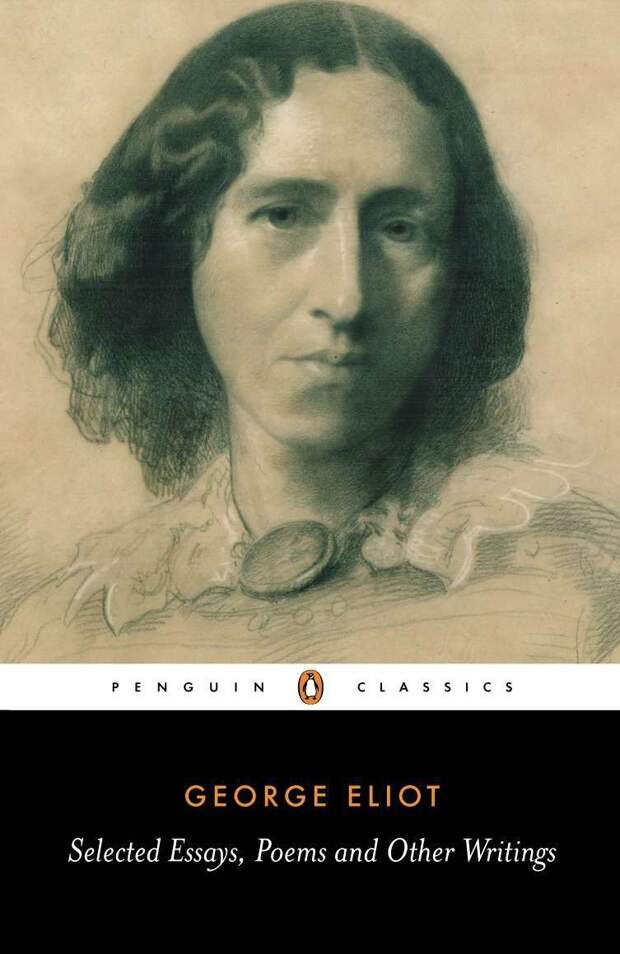Author: Maria Popova / Source: Brain Pickings

Art alone gives shape to the plasma of our experience, to our most amorphous emotional realities — rage in a Beethoven symphony, rapture in a Rothko painting, the redemption of loss in a Dickinson poem. Art reconciles us to our fundamental incompleteness and the cacophony of our conflicted inner factions.
“To harmonize the whole is the task of art,” the great Russian painter Wassily Kandinsky wrote in contemplating the spiritual element in art and the three responsibilities of the artist.Unquestionable though the power of art is, how exactly it works us over is among the most elemental unanswerable questions that mark our humanity. But any attempt at an answer ought to begin with the question of form — the container in which art cradles the uncontainable and the fragmentary, and makes it — makes us — whole.
The nature and importance of that container is what Mary Ann Evans, better known as George Eliot (November 22, 1819–December 22, 1880), explored in an 1868 essay titled “Notes on Form in Art,” composed a decade after she received fan mail from Charles Dickens and shortly before she began writing Middlemarch. Found in Eliot’s notebooks and never published in her lifetime, the piece was eventually included in her Selected Essays, Poems and Other Writings (public library).

Aware that the question of form has been with us for as long as humans have been making art, Eliot prefaces her subject with a broader meta-meditation on originality of thought:
Abstract words and phrases which have an excellent genealogy are apt to live a little too much on their reputation and even to sink into dangerous impostors that should be made to show how they get their living.
For this reason it is often good to consider an old subject as if nothing had yet been said about it; to suspend one’s attention even to revered authorities and simply ask what in the present state of our knowledge are the facts which can with any congruity be tied together and labelled by a given abstraction.
She considers the meaning and purpose of form in creative work:
Form, as an element of human experience, must begin with the perception of separateness, derived principally from touch of which the other senses are modifications; and that things must be recognized as separate…
The post George Eliot on Form, Poetry, and How Art Reveals the Interrelated Parts of the Whole appeared first on FeedBox.